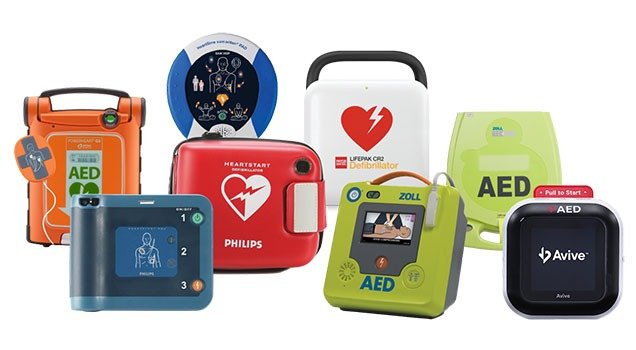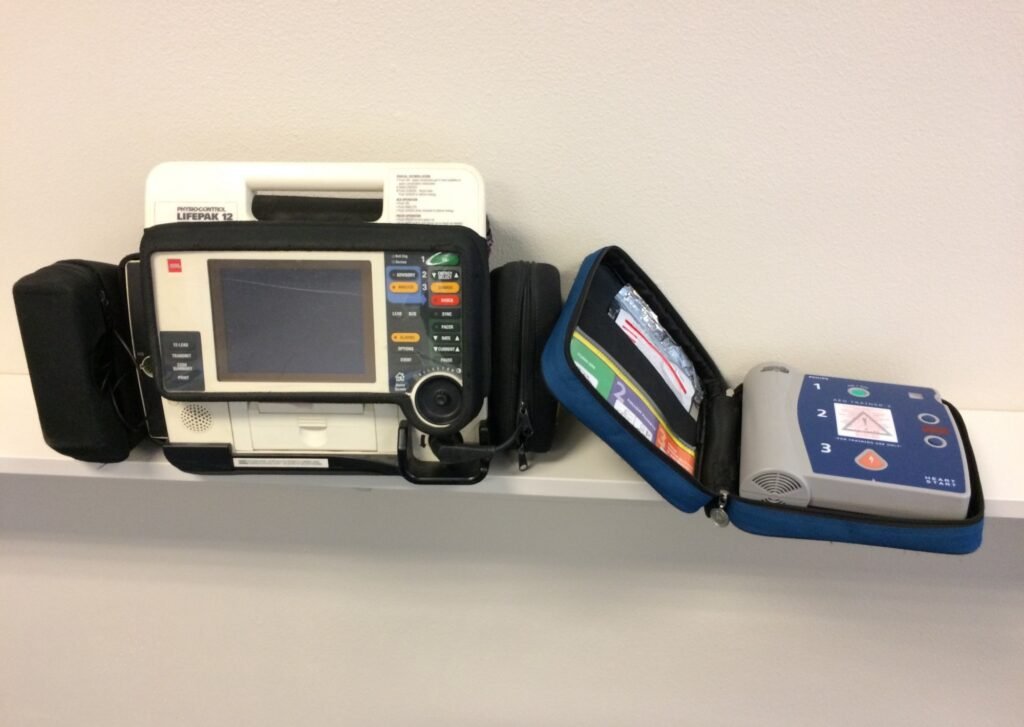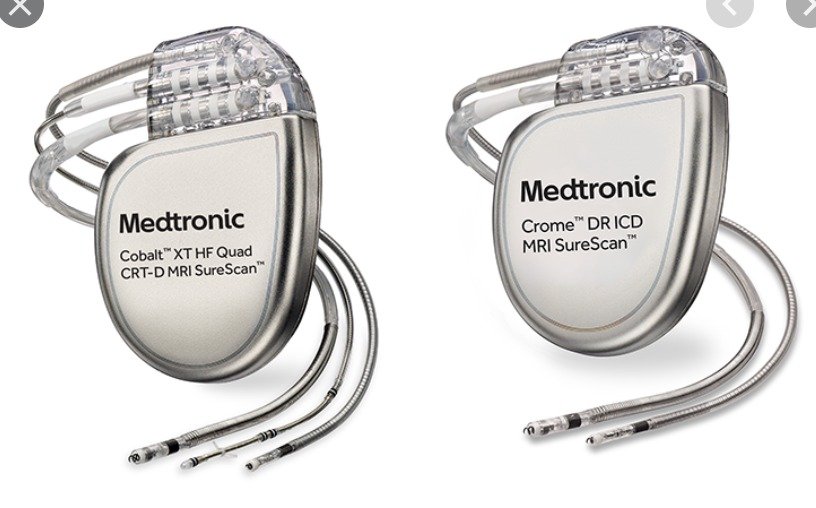Understanding Different Types of Defibrillators
Learn about the life-saving defibrillators used to restore normal heart rhythms during sudden cardiac arrest. This page covers different types of defibrillators, including Automated External Defibrillators (AEDs) for public use, Manual External Defibrillators for healthcare professionals, Implantable Cardioverter Defibrillators (ICDs) for long-term heart health, and Wearable Cardioverter Defibrillators (WCDs) for temporary monitoring. Understand the importance of these devices and consult healthcare professionals to find the best option for your cardiac care needs.
Automated External Defibrillators (AEDs)
Automated External Defibrillators, commonly known as AEDs, are portable devices designed for use by the general public. They are user-friendly and often found in public spaces such as airports, schools, and shopping centers. AEDs come with clear instructions and voice prompts to guide users through the process of delivering an electric shock to a person experiencing sudden cardiac arrest.


Manual External Defibrillators
Manual External Defibrillators are typically used by healthcare professionals. These devices require the operator to manually set the energy level and deliver the shock. They are commonly found in hospitals and ambulances due to the need for professional training to operate them effectively. Manual defibrillators offer more control over the defibrillation process, making them suitable for medical environments.
Implantable Cardioverter Defibrillators (ICDs)
Implantable Cardioverter Defibrillators (ICDs) are devices surgically placed inside a patient’s body. They continuously monitor the heart’s rhythm and automatically deliver a shock if a life-threatening arrhythmia is detected. ICDs are crucial for patients with a high risk of sudden cardiac arrest and are often recommended by cardiologists for long-term heart health management.


Wearable Cardioverter Defibrillators (WCDs)
Wearable Cardioverter Defibrillators are designed for short-term use and are worn outside the body. They are often prescribed to patients who are at temporary risk of sudden cardiac arrest but are not candidates for an ICD. WCDs provide continuous heart monitoring and deliver a shock if necessary, offering a non-invasive alternative for certain patients.
Worldwide Shipping and Inquiries
We offer a comprehensive range of defibrillators and ensure worldwide shipping to meet the global demand for these critical medical devices. Whether you need a single unit or bulk orders, our logistics team is equipped to handle shipments efficiently and promptly.
For any inquiries about our products or shipping services, please do not hesitate to contact us. Our dedicated support team is available to assist with all your needs, ensuring you receive the right defibrillator to suit your requirements.
Conclusion
Understanding the different types of defibrillators is crucial for making informed decisions about cardiac care. From AEDs for public use to ICDs for long-term heart health, each type of defibrillator serves a unique purpose in saving lives. Consult with healthcare professionals to determine which defibrillator is best suited for specific needs.
